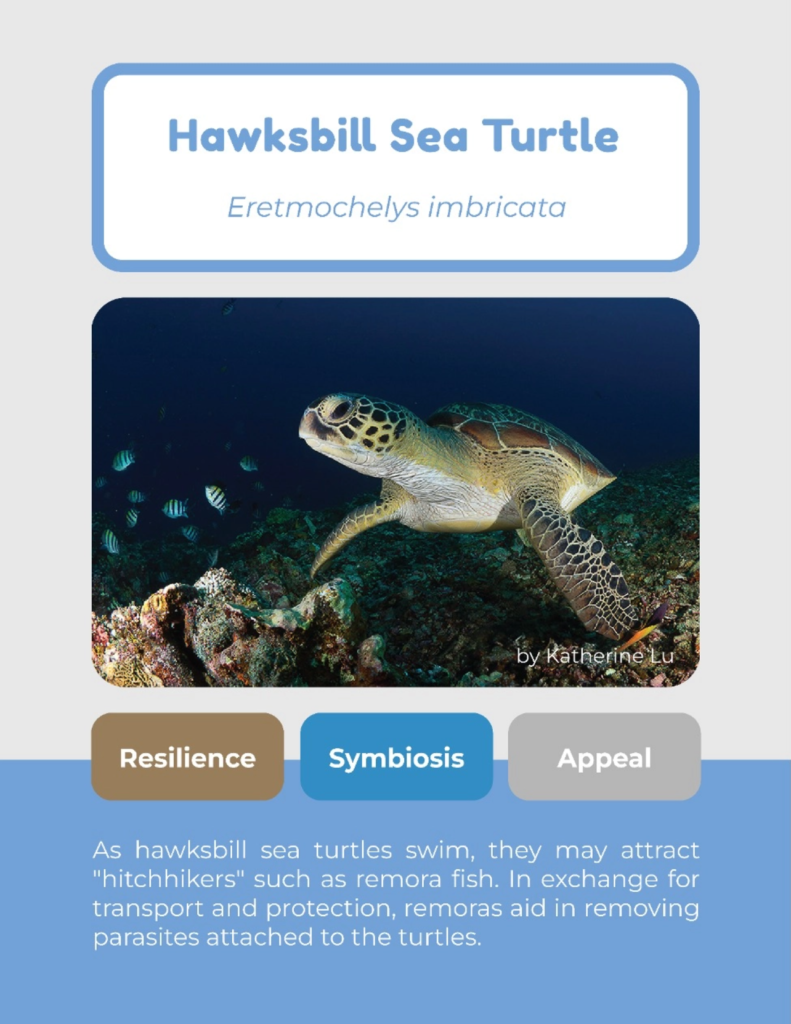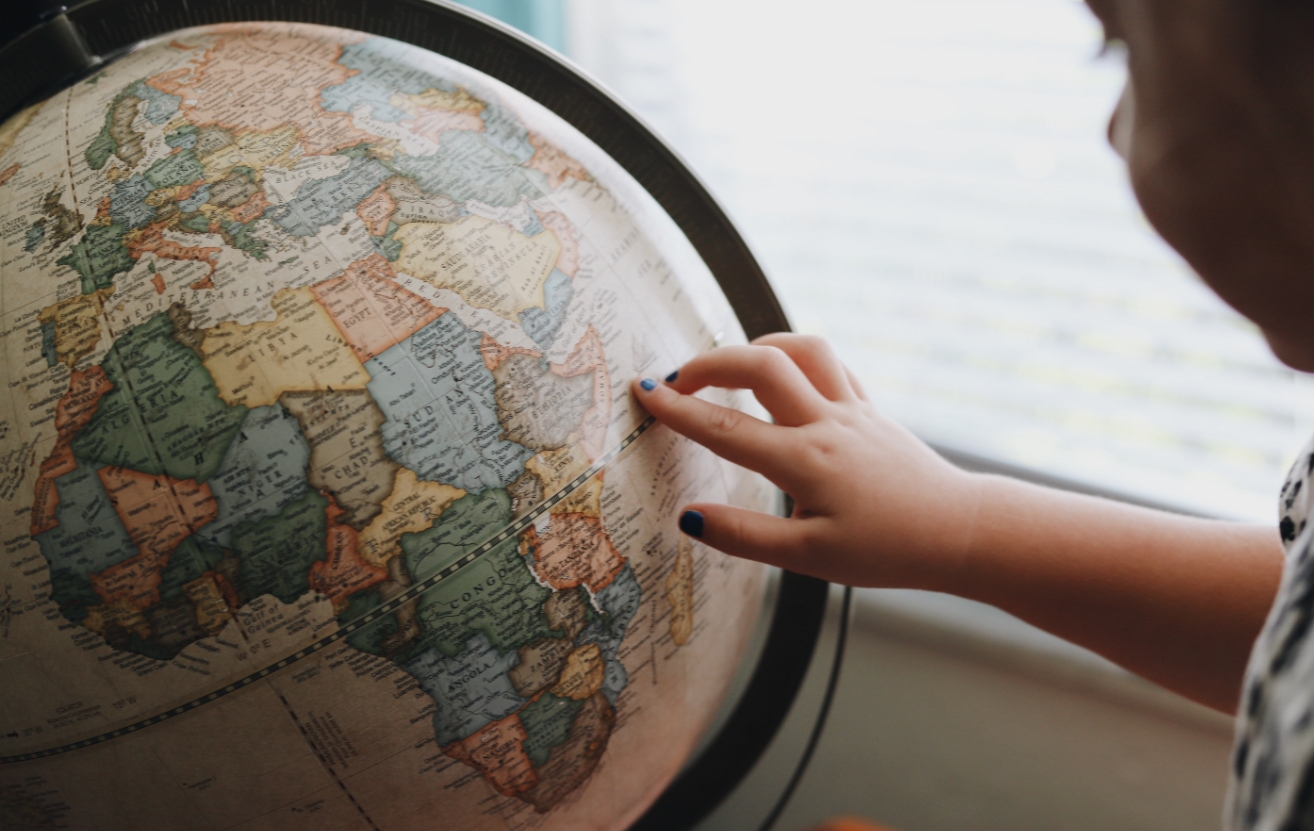Resources
Curriculum Materials On Sustainable Development
Coastal Protection Resources curated by PUB for education

With climate change causing sea level rise globally, it’s important for an island city like Singapore to plan ahead and reimagine our coastlines, so we can keep our shores and our people safe.
In April 2020, PUB was appointed the national coastal protection agency to lead, coordinate and explore whole-of-government efforts to protect Singapore’s coastlines. PUB’s mission, to resist rising seas, will see us working closely with government agencies, experts, the community and various stakeholders, including businesses and interest groups, to co-develop measures to protect Singapore from the threat of sea level rise.
(PUB website https://www.pub.gov.sg/CoastalProtection)
Please click on the links provided on the right for resources:
The Investigations of Searius Li : https:/youtube.com/playlist?list=PL5ythKCFSIHXyAmXUBz36WdxY6NOY03hl
Mothership Hits The Streets (with PUB): Will Singapore be underwater by 2100? : https://youtu.be/eHjhzRijuso
The Climate is Changing video: https://youtu.be/Q_FdPUoFQKY
Coastal Doors : Facebook
Impacts of SLR (featuring mascots) : Facebook
Coastal Treasure Hunt with Biogirl MJ : Facebook
Infographic on NW SSS : PUB Press Release Detail
Infographic on City EC SSS : 20210518AnnexA.jpg (4661×6667) (pub.gov.sg)
CNA documentary “Stem The Tide” : YouTube
Getting to Zero
.jpg?sfvrsn=63c3cfdf_0)
Getting to Zero is a physical card game that is conceptualised for secondary school Geography students or anyone interested in Singapore’s energy options. The overall objective of the game is to enlighten student players on the kinds of national/institutional strategies that can be employed to strive for net-zero emissions as well as their accompanying trade-offs. The game consists of elements such as game cards, game currency and a scoring sheet for competitive game play. Student players will be presented with a slew of anthropogenic activities with varying carbon footprints (e.g. deforestation, coal mining). The player who has expended the least amount of financial resources to ensure the lowest level of emissions wins the game.
A sample lesson package for secondary school students can be found here:
Lesson Plan for Getting to Zero
Getting to Zero: The explainer
Getting to Zero Facilitation prompts
SLL has collaborated with STEM Inc. and CHIJ Primary Toa Payoh to produce an SLS lesson for upper primary students. View the lesson package here: https://vle.learning.moe.edu.sg/community-gallery/lesson/view/1de5215a-4516-48ce-a31f-6a99082ed3ae/cover
This lesson plan was contributed by Mayflower Secondary School.(View the lesson plan)
To order the Getting to Zero cards, click here.
HaBEEtat

haBEEtat is an educational card game for 2 to 4 Players. It features the 4 Honey Bee Species in Singapore.
While all Bees and pollinators play an important role in our Ecosystem, Honey Bees are the only pollinators that live in large numbers, can sting, and are more likely to adapt to living in urban settings. As such, they are the ONLY pollinator that is often targeted for extermination.
One of the 5 pillars of Singapore's Green Plan is City in Nature. Honey Bees, Bees, and all other pollinators are a crucial part in sustaining and maintaining our Ecosystem.
haBEEtat (and the accompanying resources provided here) aims to educate players in a fun way about the importance of Honey Bees and the alternative choices we have when they move into or close to our living areas.
To know more about haBEEtat,
To order haBEEtat, click here.
Singapore Untamed
.png?sfvrsn=e26f827d_0)


Signature Pedagogies For Sustainability Education
Data portal (from NParks weather stations, rain garden [coming soon])

SLL’s physical spaces - GIS and Environmental studies lab

.png?sfvrsn=6a78d1e9_1)
The Geographic Information Systems (GIS) lab has 25 work stations to facilitate teaching, learning, and research related to cartography, GIS, and remote sensing. Each work station is installed with mapping software (e.g. ArcGIS, ERDAS IMAGINE) for students or staff to process, analyse, and visualise geospatial data (in the form of e.g. land cover/use, flood/drought hazard/risk maps) on multiple scales. Geospatial data analysis is typically a crucial component of investigations on environmental change as well as the sustainable management of resources, urban development and natural hazards
.png?sfvrsn=45696aa9_1)
The Environmental Studies Lab is furnished with laboratory and field equipment to support research on the physical environment (e.g. water, sediments) as well as ways in which environmental quality or sustainability can be maintained. Some of the laboratory equipment that have been installed include a drying oven, a muffle furnace (a furnace for isolating solid material from combustible material), sediment sieves (for analysing sediment size distribution) and a storage refrigerator.
Additionally, the lab stores a range of field equipment that are integral to the study of, for example, the sustainable management of river basins. These equipment include advanced Global Positioning System (GPS) units (to locate or trace sites), soil augers/corers (for collecting soil samples at depth), an Acoustic Doppler Current Profiler (to measure the velocity of a river), a sub-bottom profiler (to determine the physical/geological properties of a riverbed), a Hummingbird eco-sounder (to determine river bathymetry) and a water quality meter.
Taken together, the GIS and Environmental Studies Labs are places where new knowledge on various aspects of the natural-human landscape is generated, which may in turn inform how environmental challenges can be more effectively addressed.
Adva carbon calculator app
.jpg?sfvrsn=ae9c1950_0)
Adva is an educational application designed to raise environmental consciousness and to incite individual action for transformative social change. It serves primarily as a calculator of the user’s carbon footprint based on their lifestyle choices. It also incentivises environmentally sustainable tasks/practices by awarding the user with discounts or cash back on sustainably sourced/produced items, as well as Starbucks vouchers.
Additionally, Adva is able to recommend customised tasks/activities based on the user’s overall lifestyle proclivities while informing them on how their actions may benefit the environment. Accordingly, users can select a preferred carbon reduction path to embark on, as well as imagine their own virtual sustainable ‘planet’. More details can be found here (https://www.adva.io/).

If you are interested to know more about the pedagogical affordances of the Adva app please and digitally enabled learning in general, please refer to (insert link to) an article written by student teacher Colin Leong.
Please click on the links below to learn more about using Adva and the Teaching & Learning Resource Package
A Step By Step Guide on how to use Adva
Investigations on water quality (secondary school geography)

The intent of these clips is to demonstrate how Geography teachers can enact the inquiry approach in field based Geographical Investigations.
Corresponding powerpoint slide deck available for download:
First lesson presentation PPT
In this video, the teacher introduces students to the importance of fieldwork and proceeds to establish the focus of the geographical investigation ‘How clean is our water?’ (0:01-1:40). He shows four labelled containers with water from undisclosed sources and invites students to speculate which water is drinkable. This stimulus creates an interest in the focus of the inquiry. Students make sensory observations (sight, smell, touch) of the water (2:36-3:56) before the teacher leads the discussion with a set of spiral questions that frame the inquiry. Questions are asked in a progressive manner. The teacher starts with questions requiring observation and interpretation of the water in each container (3:57-11:13) and follows up with questions on prediction that require students to synthesize data to determine which water is drinkable (11:15-17:52). Along the way, the teacher checks for students’ understanding by providing formative feedback to students’ responses (9:24-11:00), and he probes students’ assumptions by getting them to consider whether it is sufficient to rely on their sensory observations to determine the quality of water. The lesson ends with students considering the need to collect data in order to determine water quality (18:23). |
Gathering data In this video, the teacher guides students through the data-gathering phase of the inquiry at Jurong Eco-garden. A tune-in activity of making sensory observations is used to induct students to the field-site (0:11-2:09). Students move on to make annotated sketches of the field-site that will serve as key resources in exercising reasoning in geographical investigations (2:12-3:46). A teacher collects water sample at a site (3:24-3:46) and students proceed to conduct water testing using the different test kits, including the PUB and the CHEMet water test kits (3:47-5:04). The teacher then leads a whole-class reflection in the field with a set of spiral questions: progressing from questions of observation (5:20), to questions of interpretation and prediction (7:13) that require students to synthesize information regarding the data accuracy and reliability of these test kits as well as the different purposes (10:00-10:43) for using different water quality test kits. |
In this video, the teacher elicits what students already know about the focus of the inquiry and gets students to use selected information to speculate about a water quality parameter either before or after the cleansing biotope at the Jurong Eco-garden (0:07-3:05). After the speculation activity, the teacher provides the full set of data at these two sites and provides a 3-step approach to analyse the data (3:07-4:05). Students are then guided by the teacher through an interactive discussion on making sense of the multimodal data (including graphs, maps and annotated sketches) on their assigned water quality parameter on temperature (4:22-6:48), pH (6:49-9:29), dissolved oxygen (9:32-12:40) and turbidity (12:44-14:09). The point data collected by the students is contrasted with the YSI time-series data and students are guided to reach a deeper understanding of the situatedness of their contextual data in the Geographical Investigation. |
Places for fieldwork in hydrology and water quality studies



